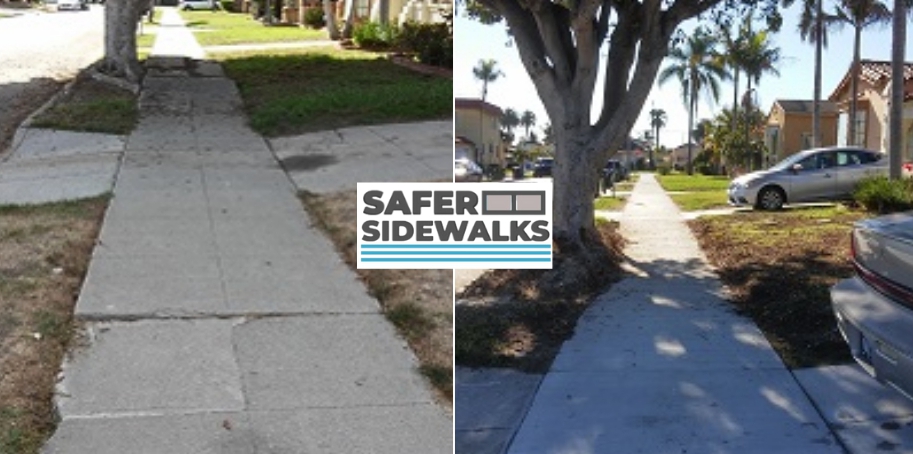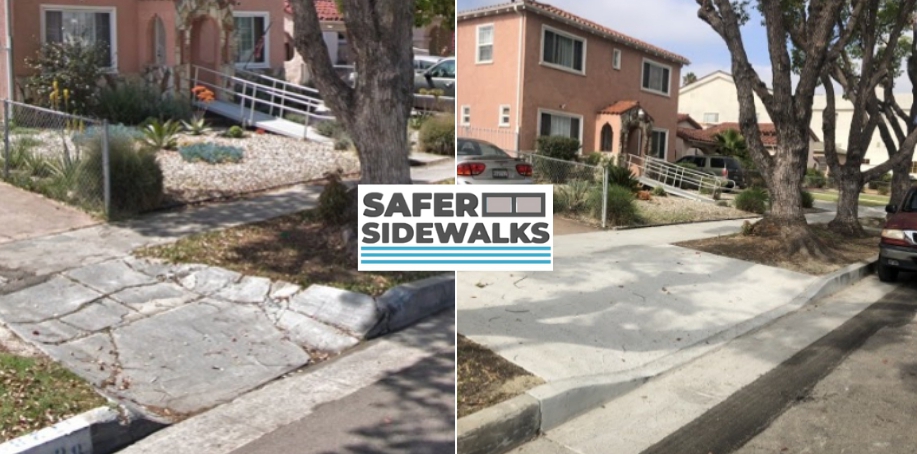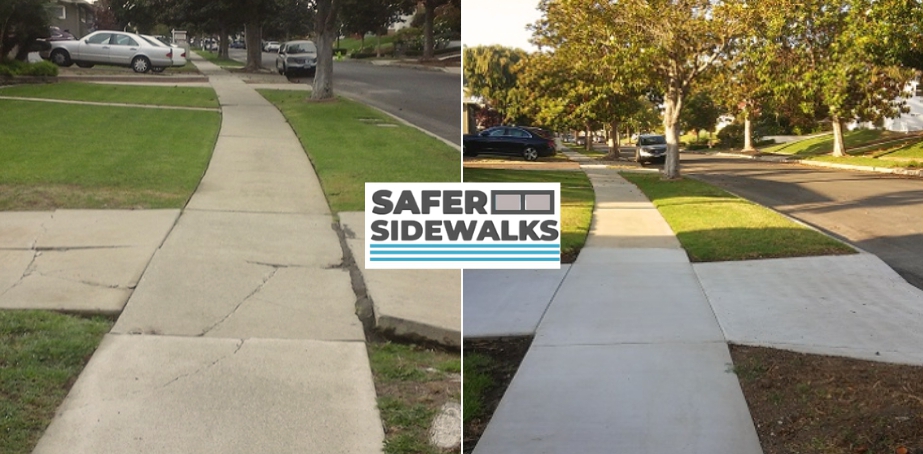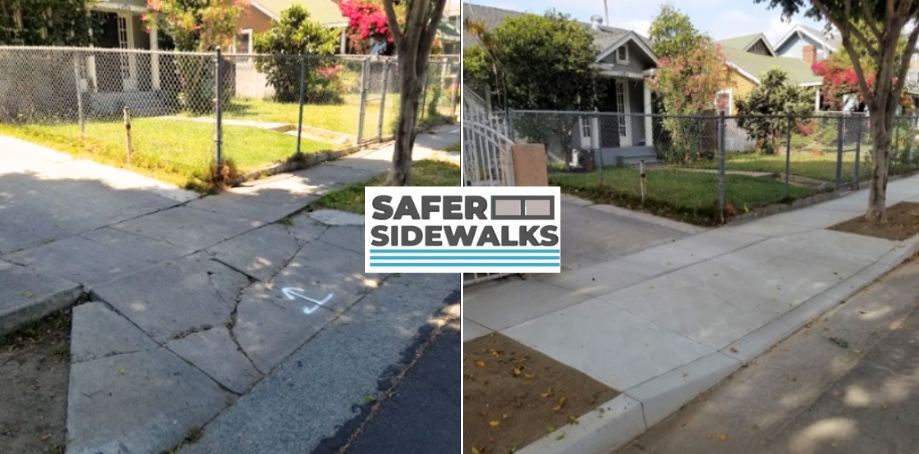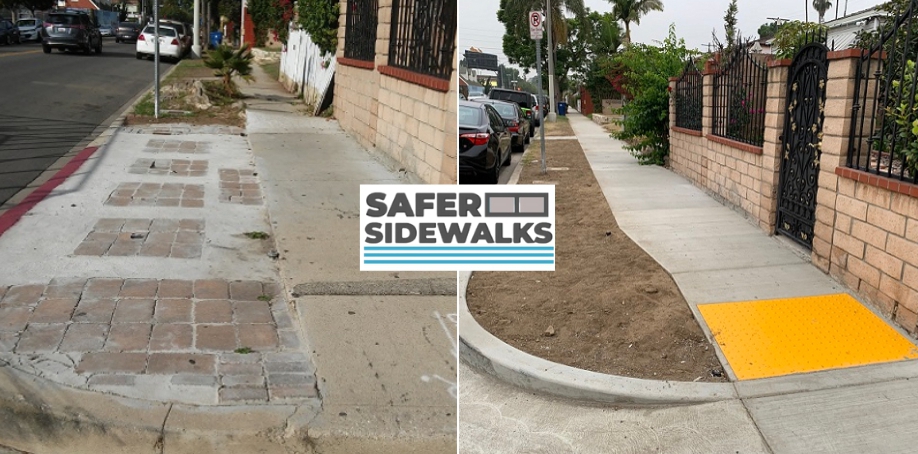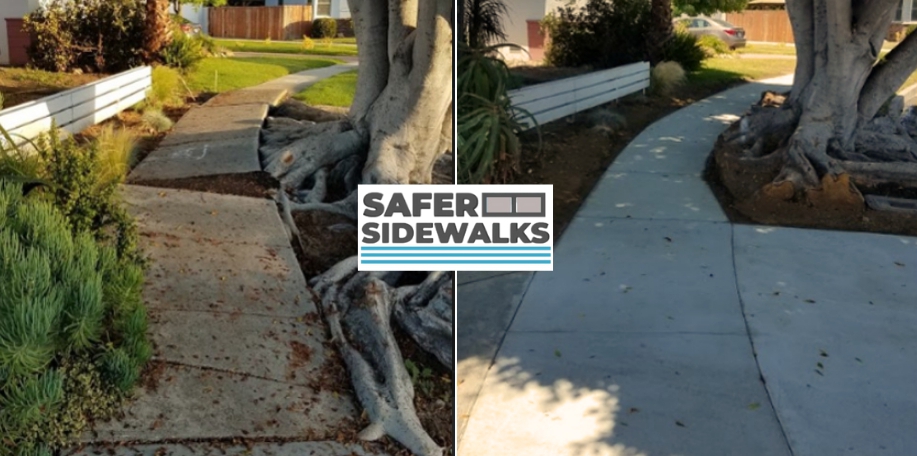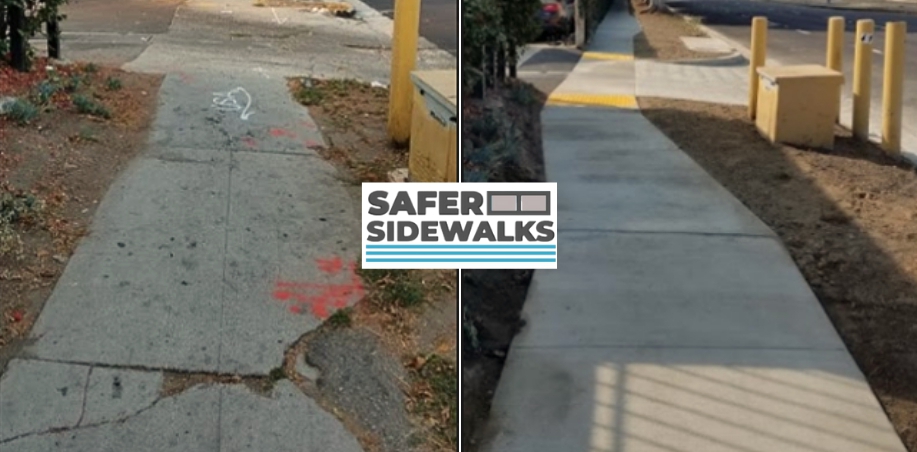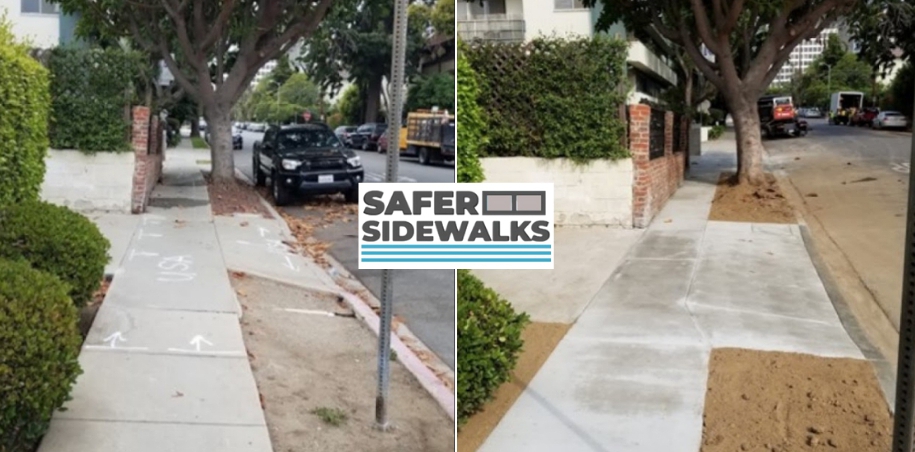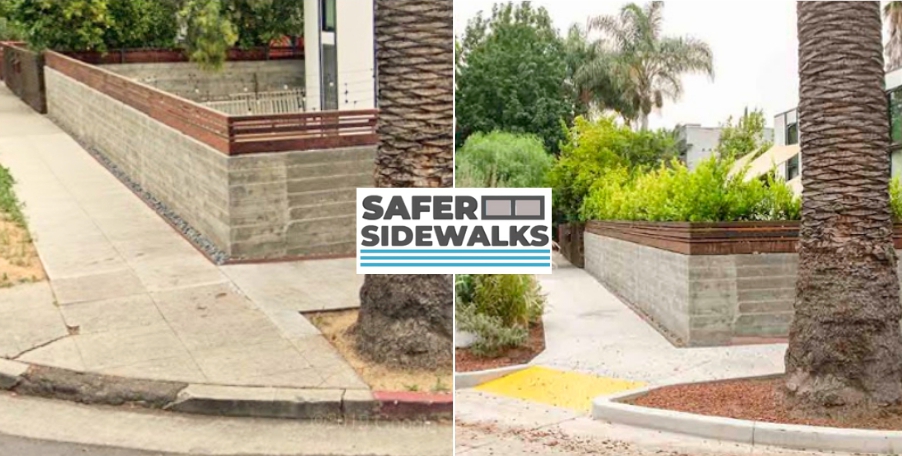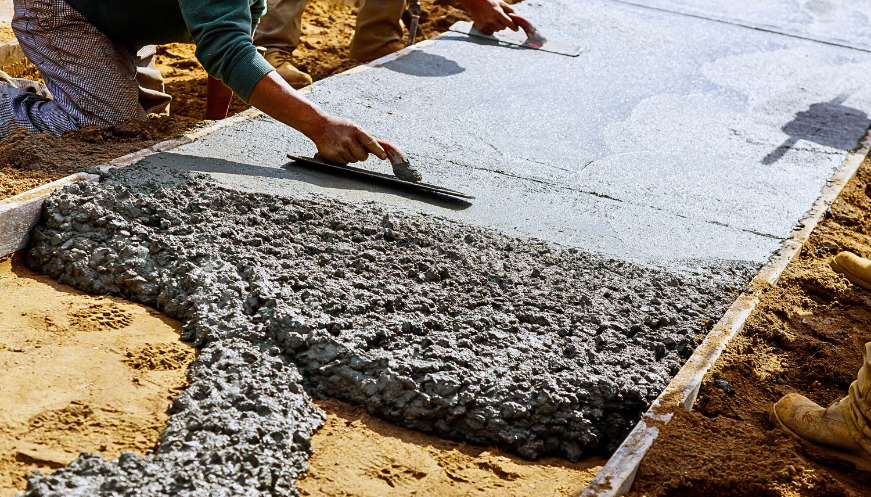
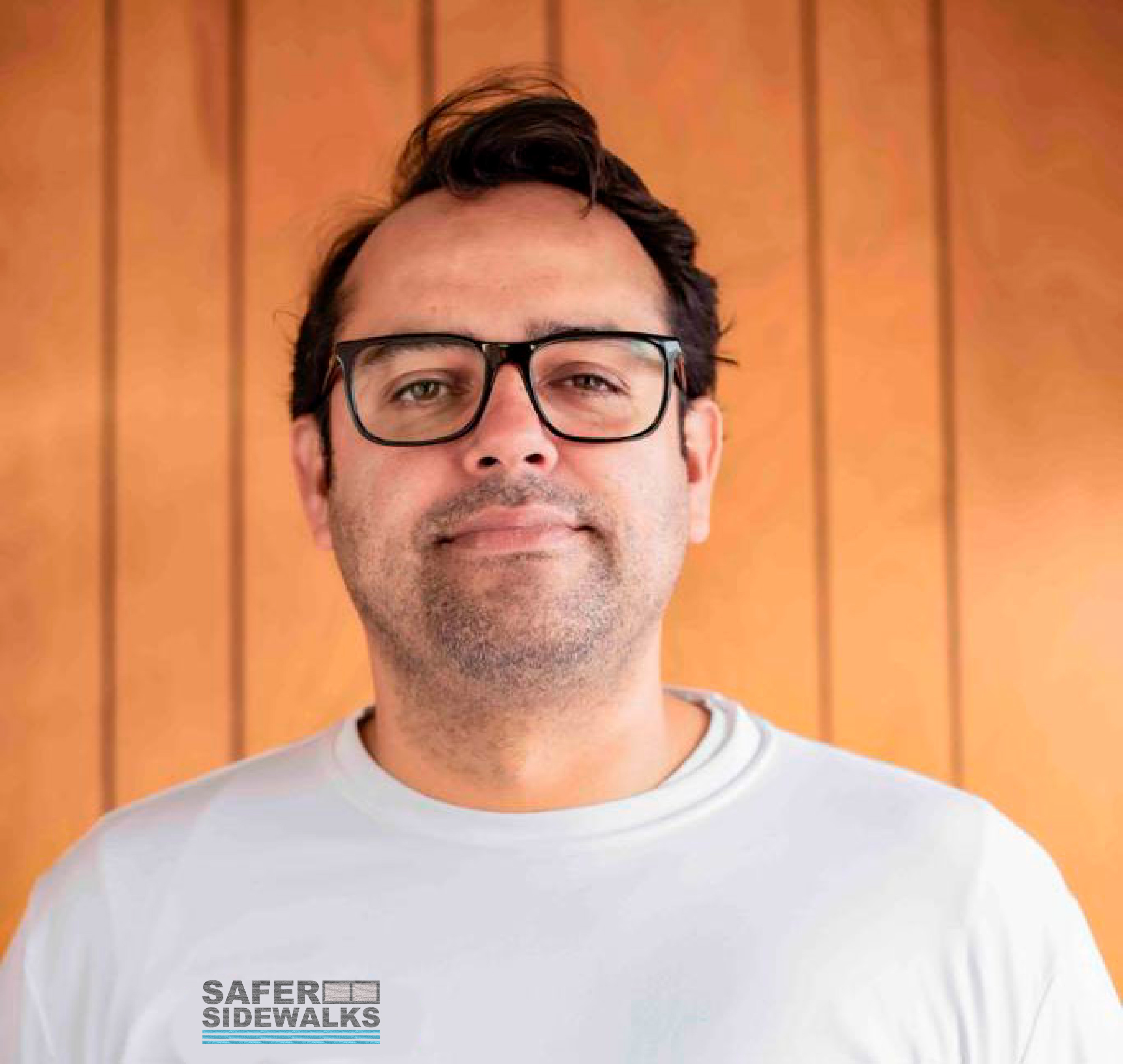
by John Lopez
CA State Lic. Concrete & Masonry C-8
CA State Lic. General Construction - B
Buckaroo Banzai the Concrete Nerd
Actual person performing the job
Date: Apr 23, 2024
How To Repairing Concrete Sidewalk
Maintaining your concrete sidewalk is essential for ensuring its longevity, safety, and aesthetic appeal. Over time, various factors such as weather conditions, heavy foot traffic, and tree roots can lead to damage that requires prompt attention. Assessing the severe damage is the first step in determining the necessary repairs. Common signs indicating the need for repair include cracks, uneven surfaces, and pooling water in existing cracks.
Repairing minor damage to concrete sidewalks can often be accomplished through do-it-yourself methods. However, more extensive damage or structural issues may require professional assistance for sidewalk slabs. In either case, understanding the repair process and the tools and materials involved is essential.
When repairing minor damage to concrete sidewalks, the following steps are typically involved:
-
Assessment for Uneven Sidewalk: Evaluate the extent of the damage, focusing on cracks, unevenness, or areas with pooling water. Determine whether the damage can be repaired using DIY methods or if professional assistance is needed.
-
Preparation: Gather the necessary tools and materials for the repair job. This may include a chisel, wire brush, patching mix, bonding agent, safety glasses, and work gloves. Ensure that you have everything you need before beginning the repair process.
-
Cleaning Smooth Surface: Before applying any patching material, it's crucial to clean the damaged area thoroughly. Use a wire brush or stiff broom to remove debris and loose material from the cracks or damaged areas. This will help ensure proper adhesion of the patching material.
-
Filling Existing Sidewalk Cracks: Once the damaged area is clean, apply the patching mix into the cracks using a trowel. Make sure to fill the cracks completely, smoothing the surface with the trowel as you go. For larger cracks or holes, it may be necessary to apply multiple layers of patching material.
-
Applying Bonding Agent: After filling the cracks, brush the bonding agent onto the repaired area to promote adhesion. The bonding agent helps the patching material adhere to the existing concrete surface and ensures a strong bond. Allow the bonding agent to dry according to the manufacturer's instructions before proceeding.
-
Curing weak concrete: Once the repair is complete, it's essential to allow the patching material and smaller cracks to cure properly. Keep the repaired area moist and covered for the duration of the curing process, as per the product's instructions. This will help prevent the patching material from drying out too quickly and ensure a strong, durable repair.
Homeowners typically bear the responsibility of maintaining the sidewalk adjacent to their property, often requiring permits and inspections from local authorities. Some cities may share repair severe damage costs with homeowners or cover them entirely, depending on regulations or property management agreements.
For Minor Concrete Slab Damage, DIY Repair Is Feasible Using the Following Steps:
-
Cutting out damaged areas using a chisel and sledgehammer.
-
Clearing debris and moistening the area.
-
Filling cracks with patching mix and applying a bonding agent.
-
Allowing the patch to cure adequately.
For More Extensive Damage Requiring Sidewalk Replacement, the Concrete Mix Process Involves:
-
Setting up a safety barrier around the work area.
-
Removing the damaged concrete segment using appropriate tools.
-
Cleaning and preparing the hole for new concrete.
-
Mixing and shovelling wet concrete into the formed section.
-
Smoothing the surface and allowing it to cure properly.
-
Removing the temporary wooden supports after curing.
For more severe loose concrete or extensive cracked sidewalks, professional assistance may be required. In such cases, it's essential to consult with concrete repair specialists to assess the best course of action. They can provide expert advice on the most effective repair of cracked sidewalk methods and ensure that the repair is done correctly.
Regular maintenance and timely sidewalk repair can extend the lifespan of your concrete slab, ensuring safety and aesthetics for years to come. By taking care of minor damage promptly and addressing more significant issues as they arise, you can keep your existing entire sidewalk slab in top condition and avoid costly repairs to old concrete in the future.
Who Is Responsible for Sidewalk Repair & Portland Cement
Responsibility for sidewalk repair typically falls on the property owner whose property the sidewalk abuts. In most municipalities, property owners are responsible for maintaining the sidewalks adjacent to their properties, ensuring they are safe and in good repair.
However, the specifics of sidewalk repair responsibility can vary depending on local regulations and ordinances. In some cases, municipalities may take on the responsibility for sidewalk repair and concrete replacement, particularly in areas where sidewalks are considered public infrastructure.
Additionally, in certain situations, such as when cracked sidewalk is located within homeowner associations or gated communities, responsibility for repair and maintenance may be shared among property owners or delegated to a property management company.
It's essential for property owners to familiarize themselves with local regulations regarding sidewalk repair and maintenance to understand their obligations fully. This may involve consulting municipal codes or contacting local authorities, such as the public works department, for guidance to hire concrete contractors for crumbling sidewalk. Control severe damage timely can save money and reduce making new concrete slab issue.

